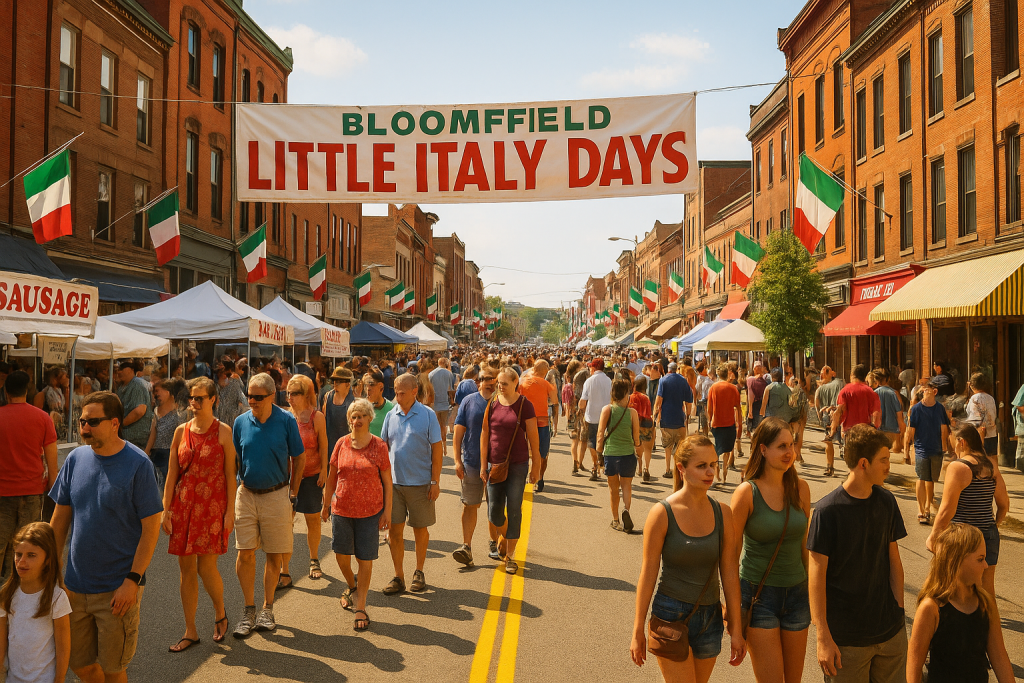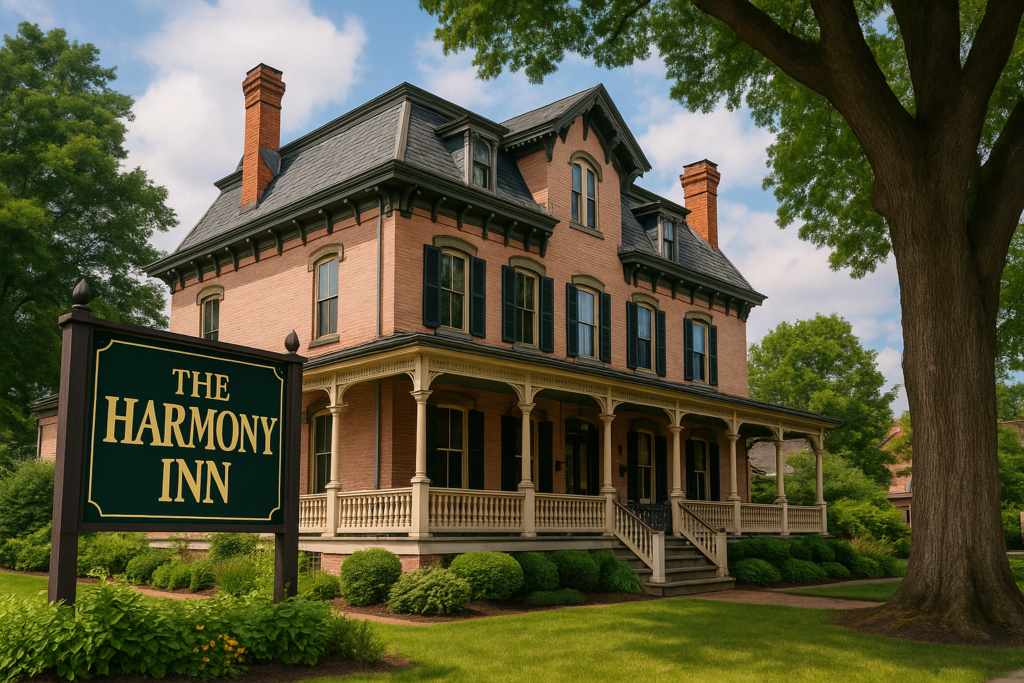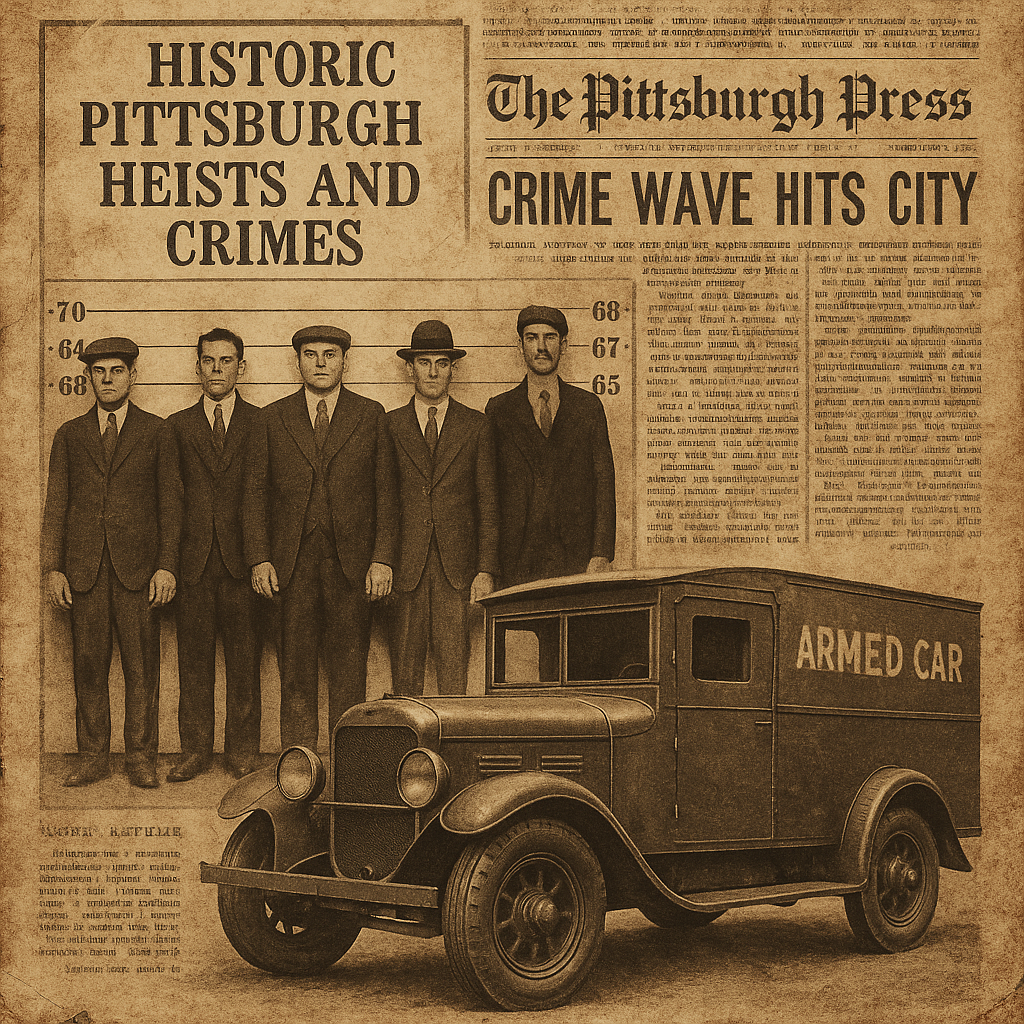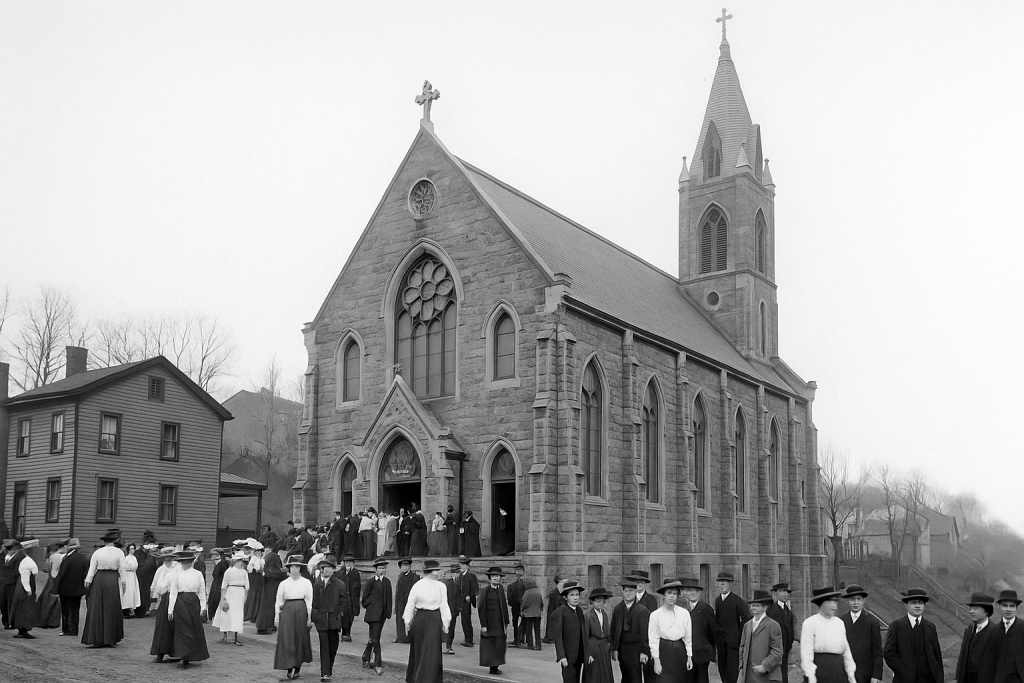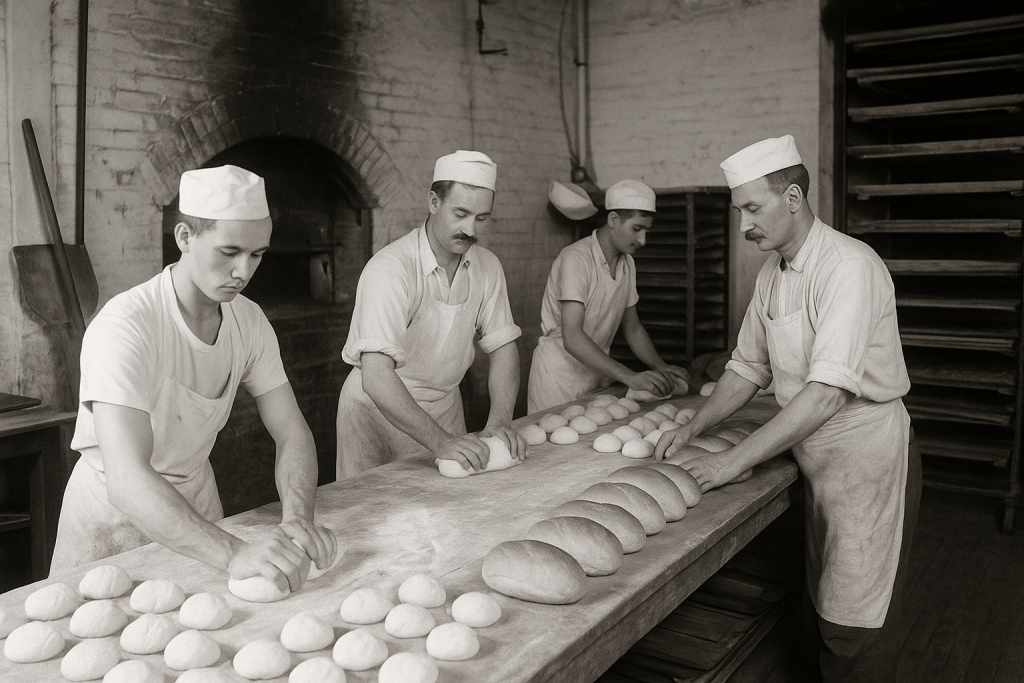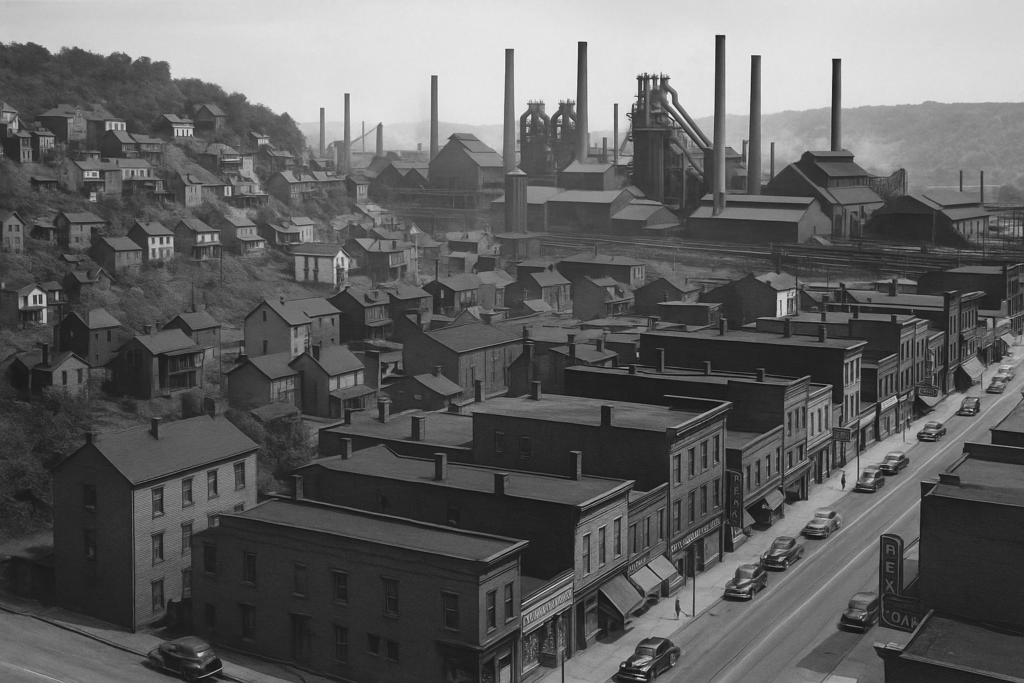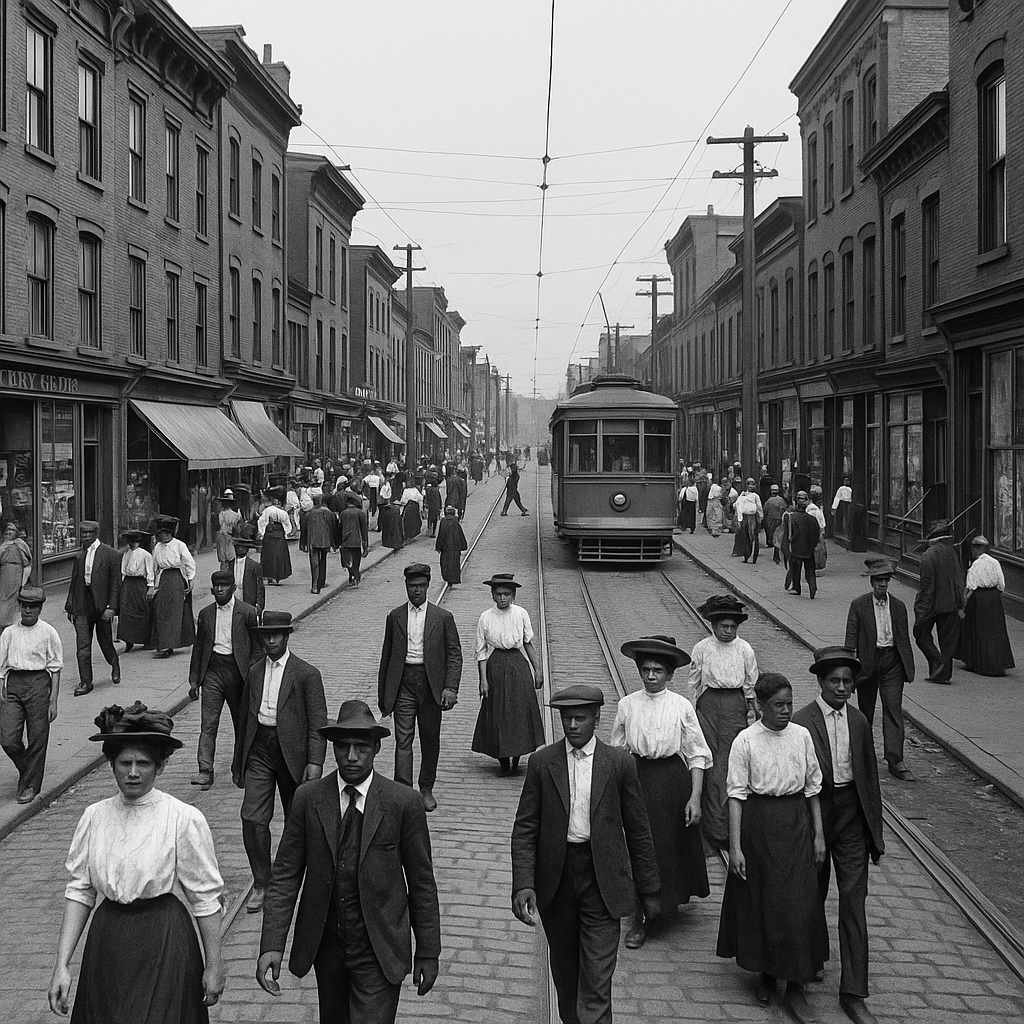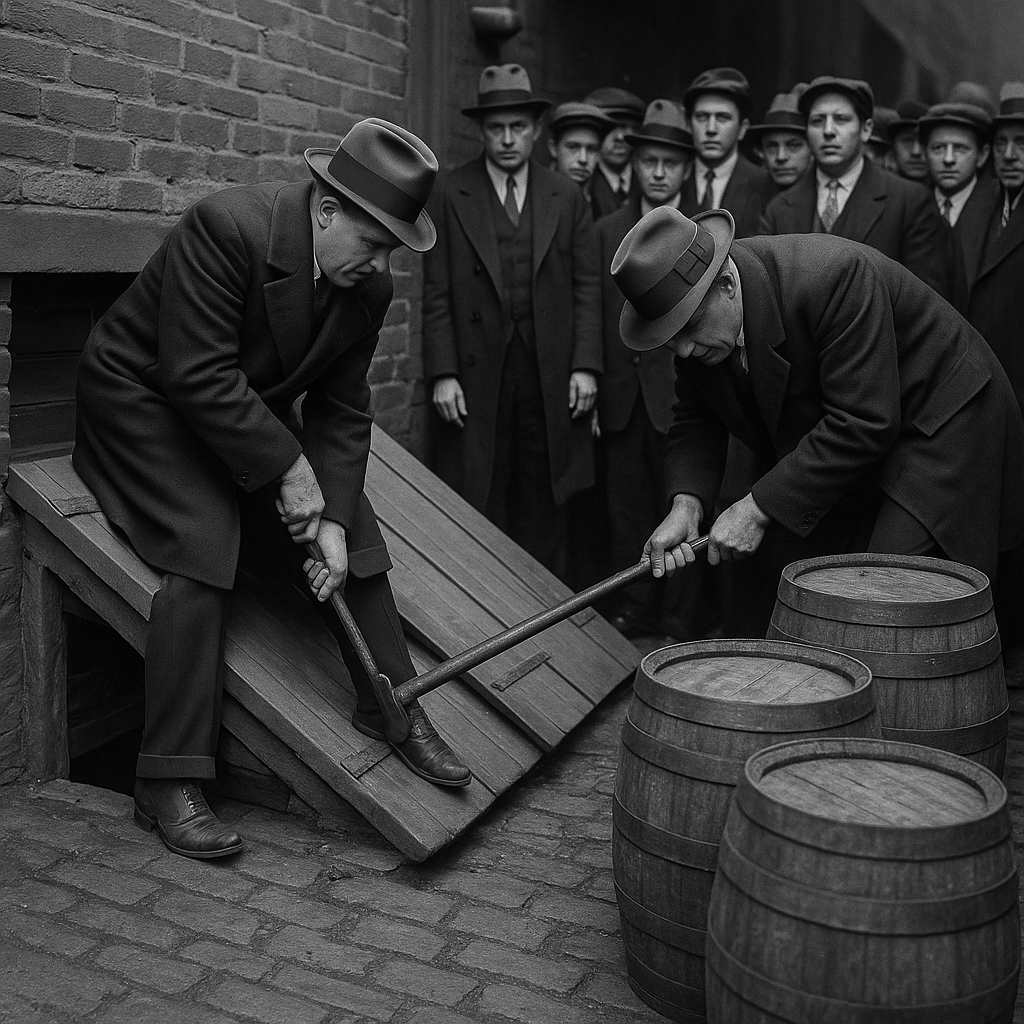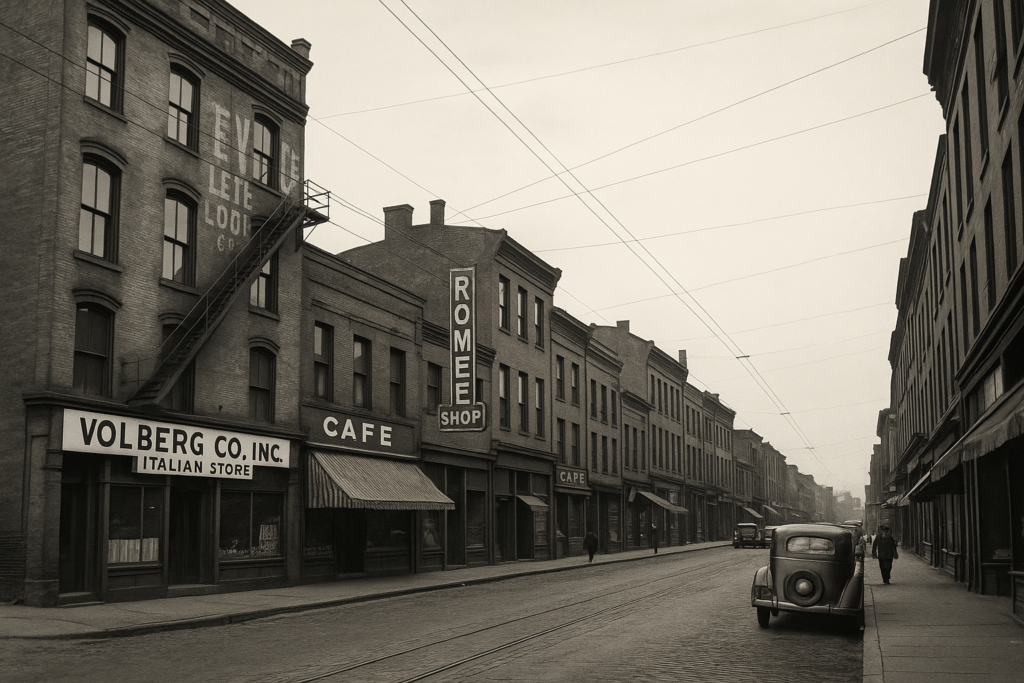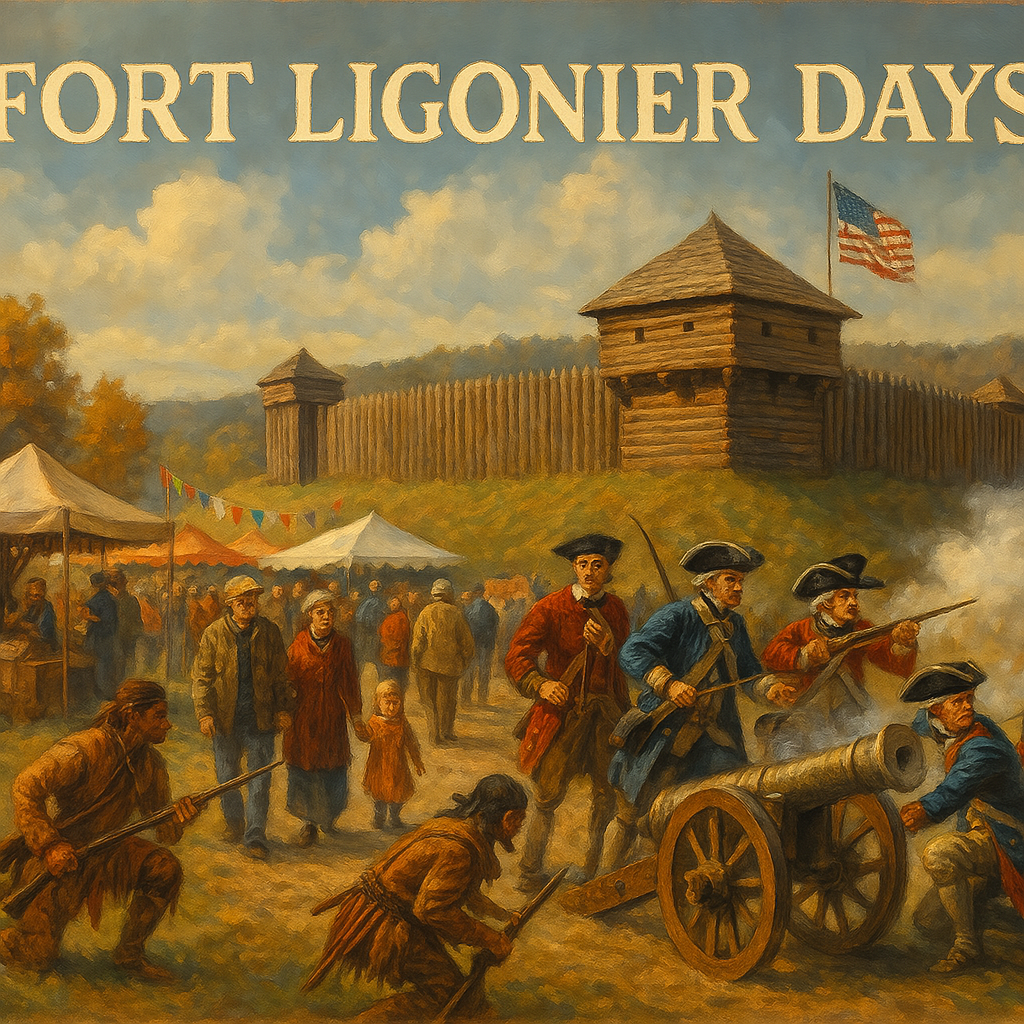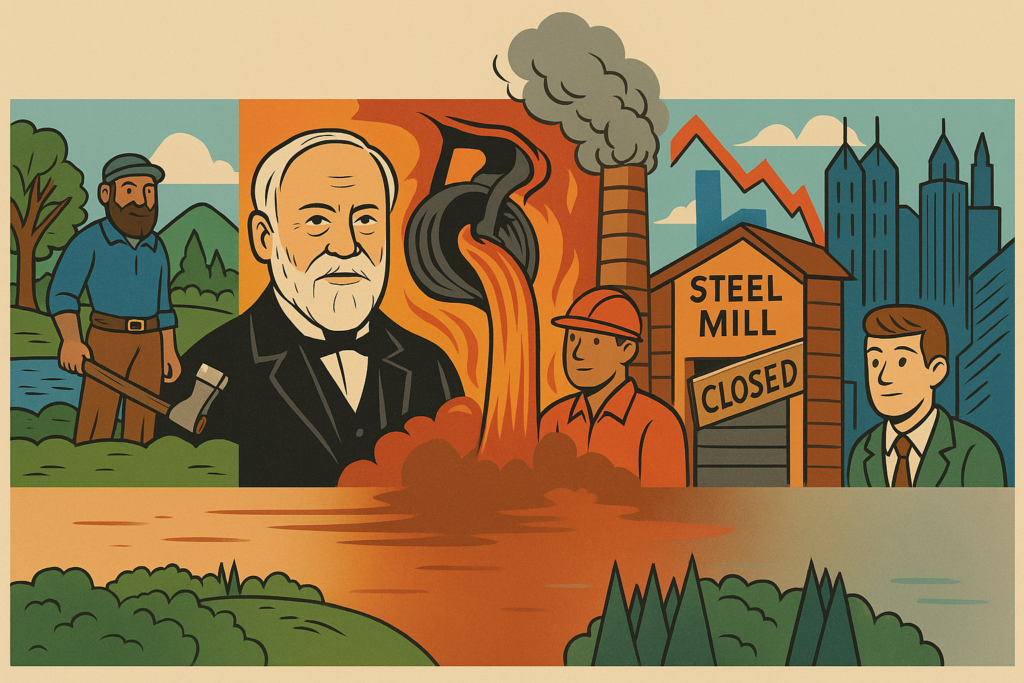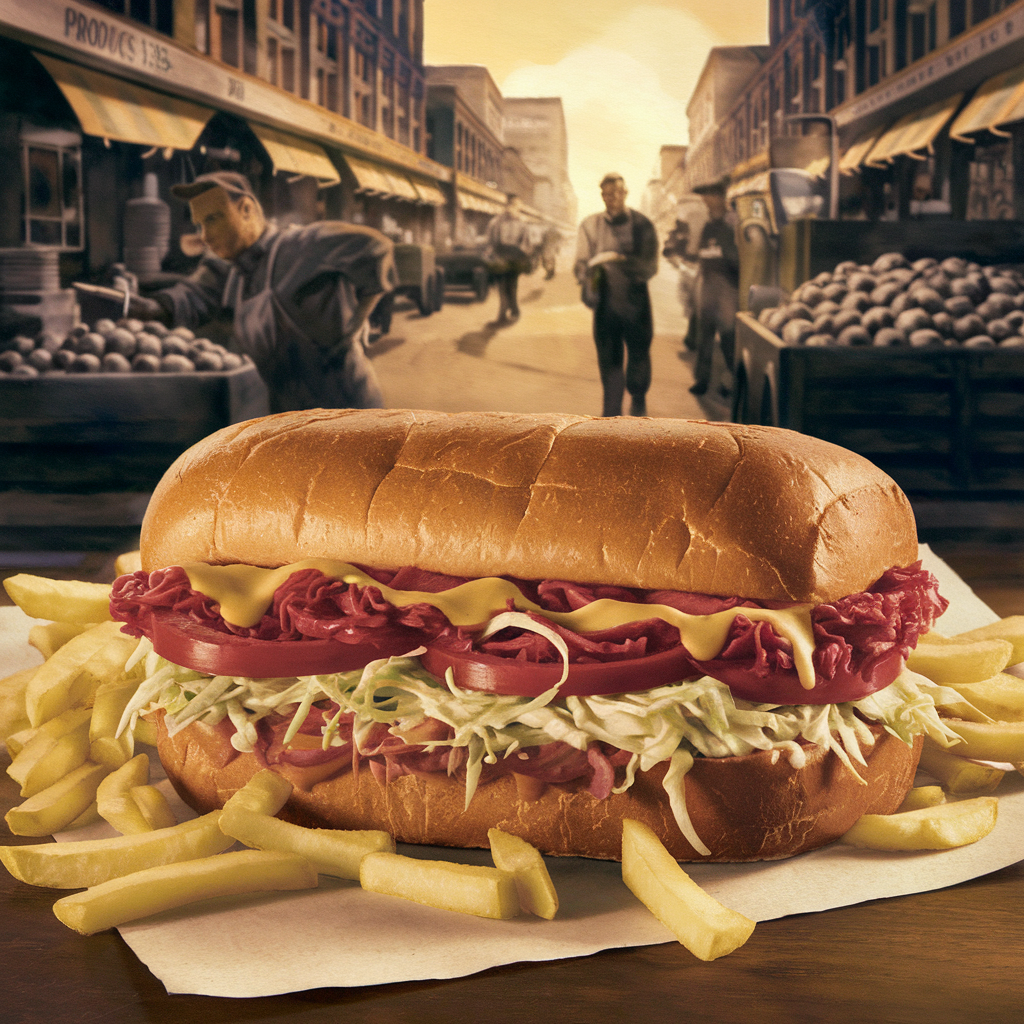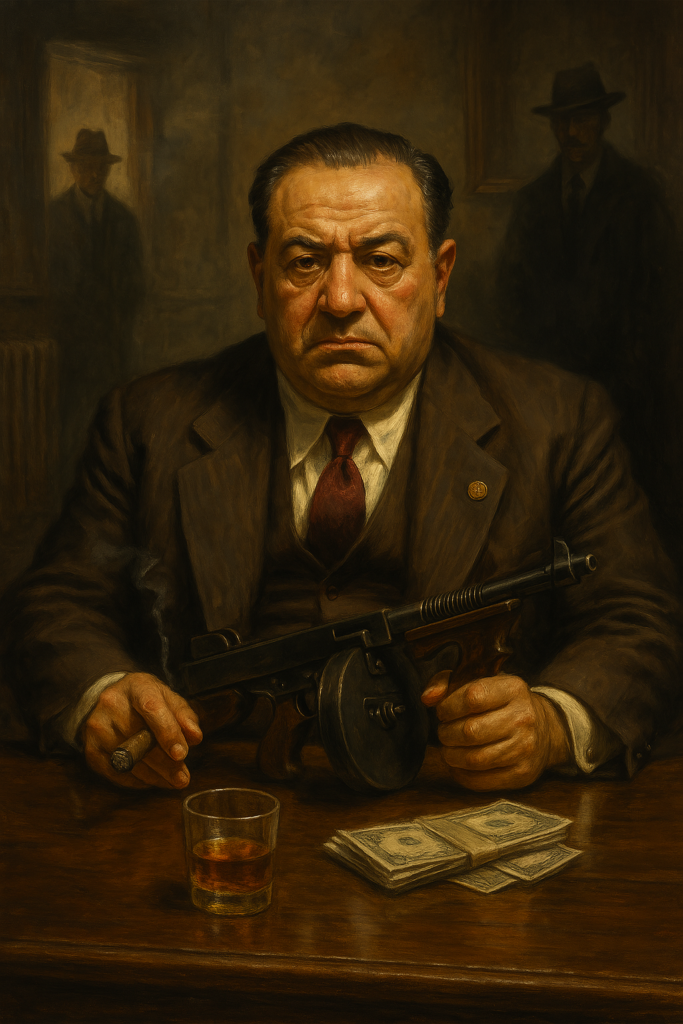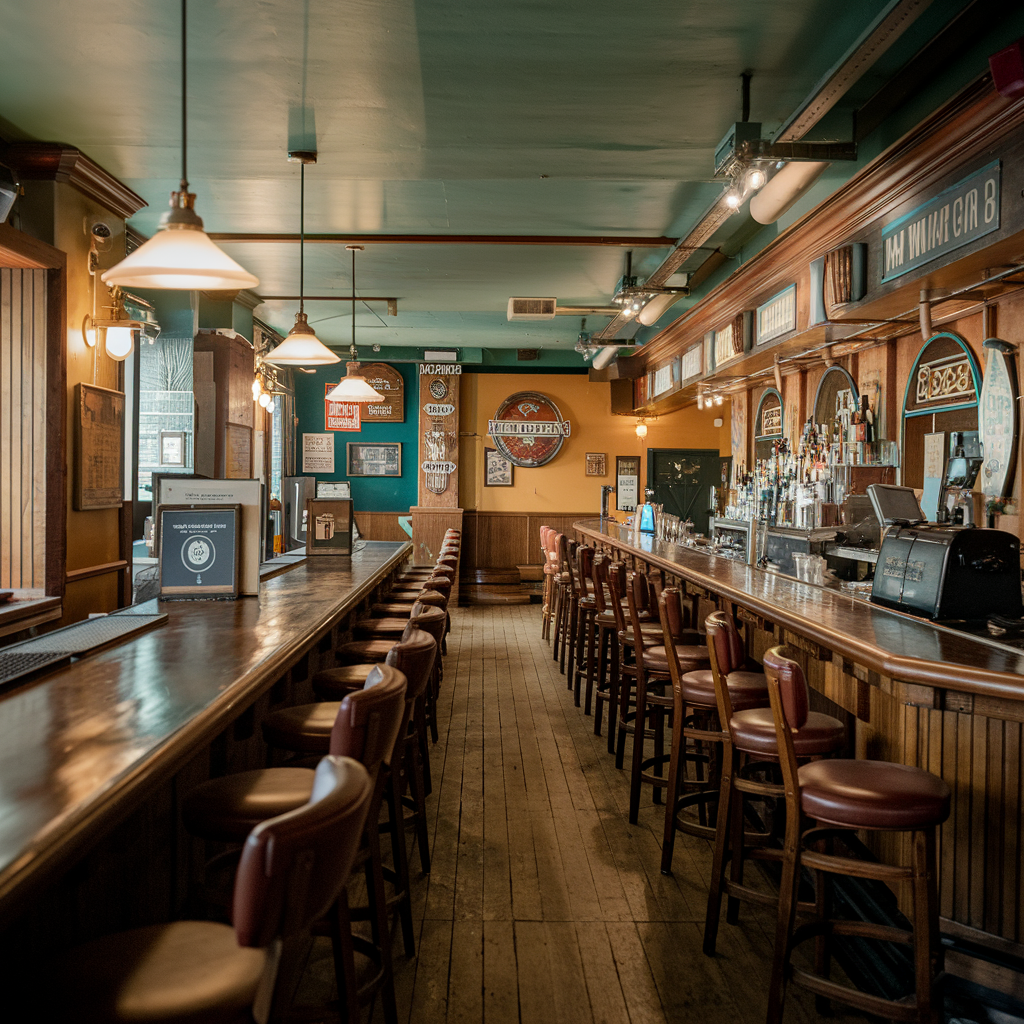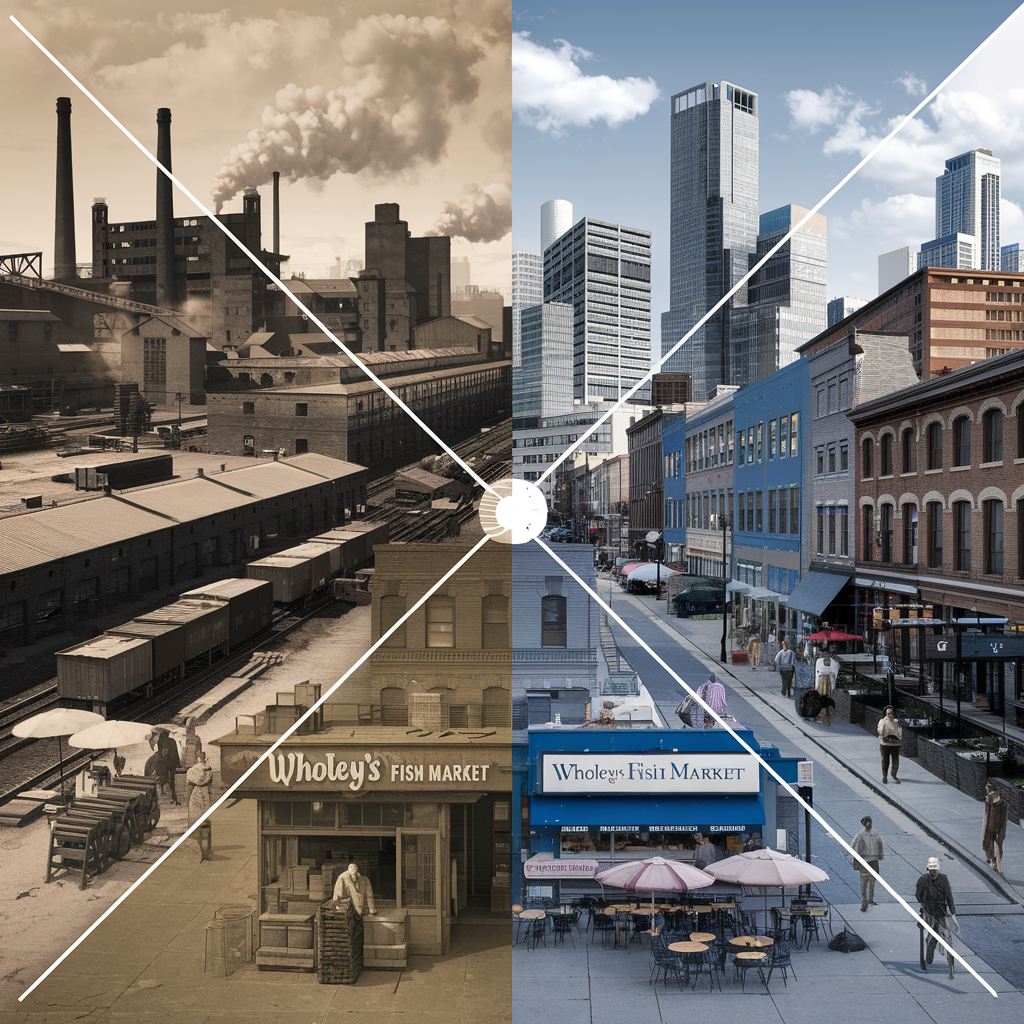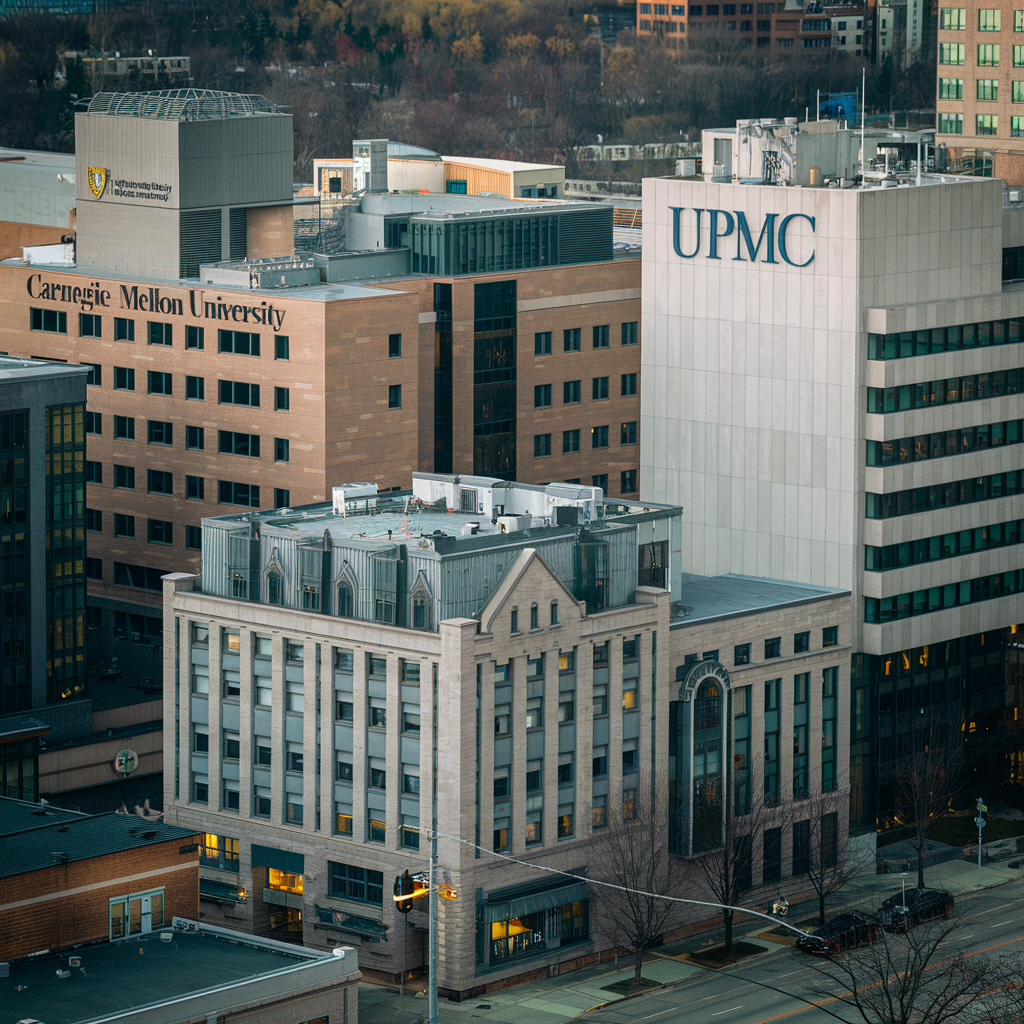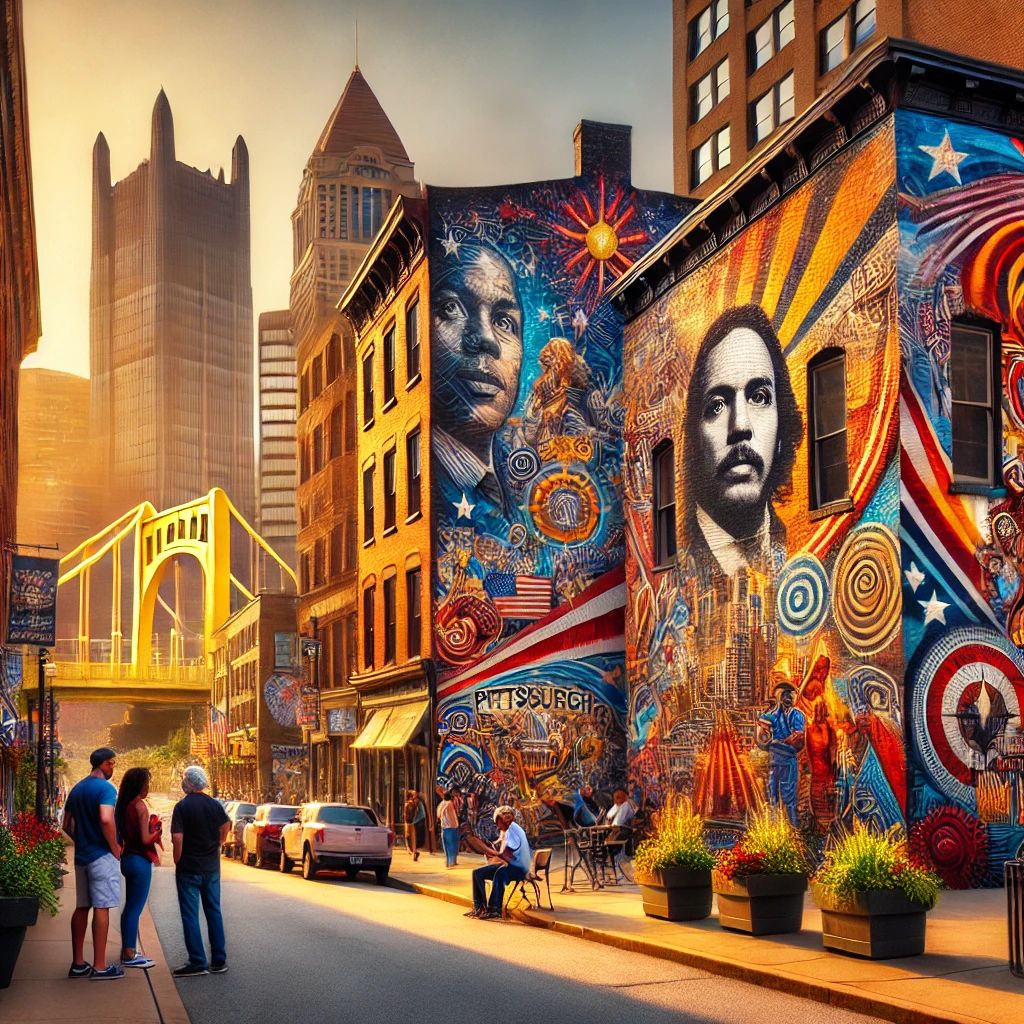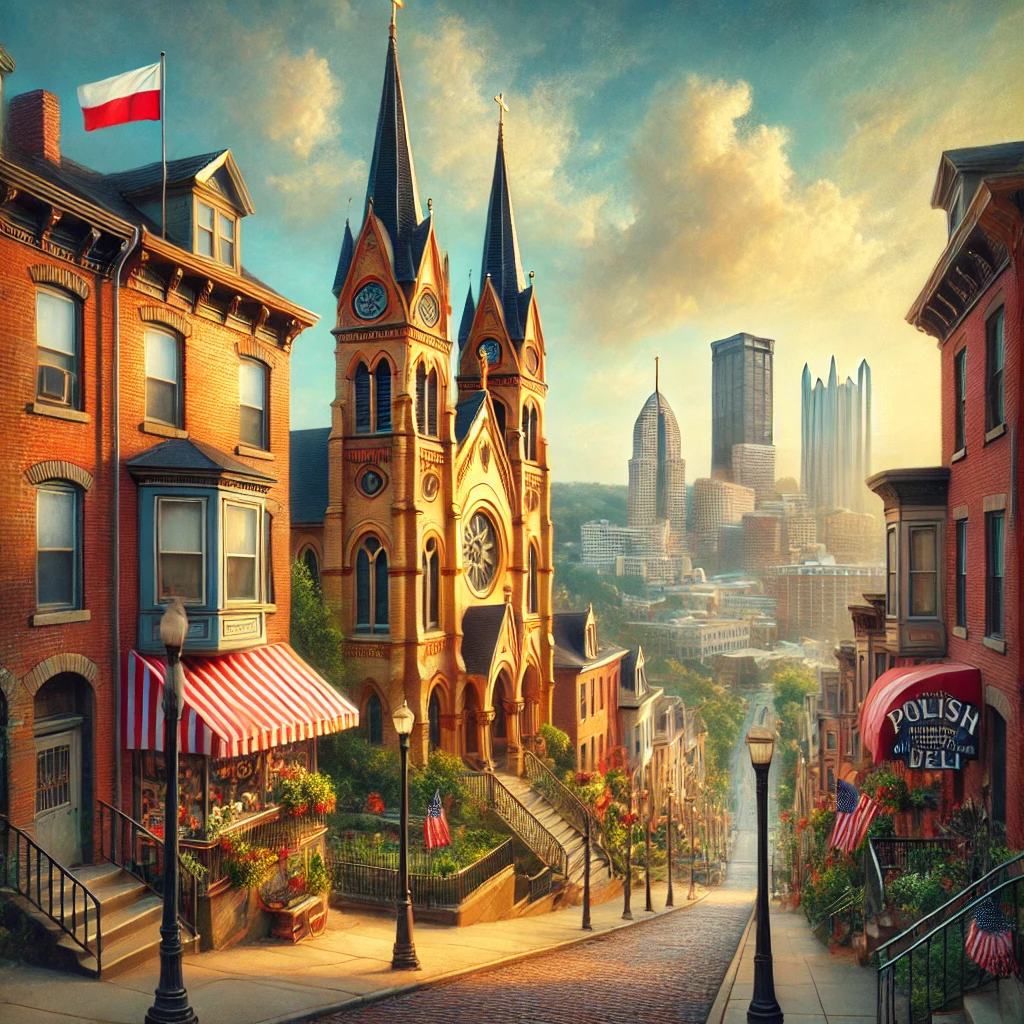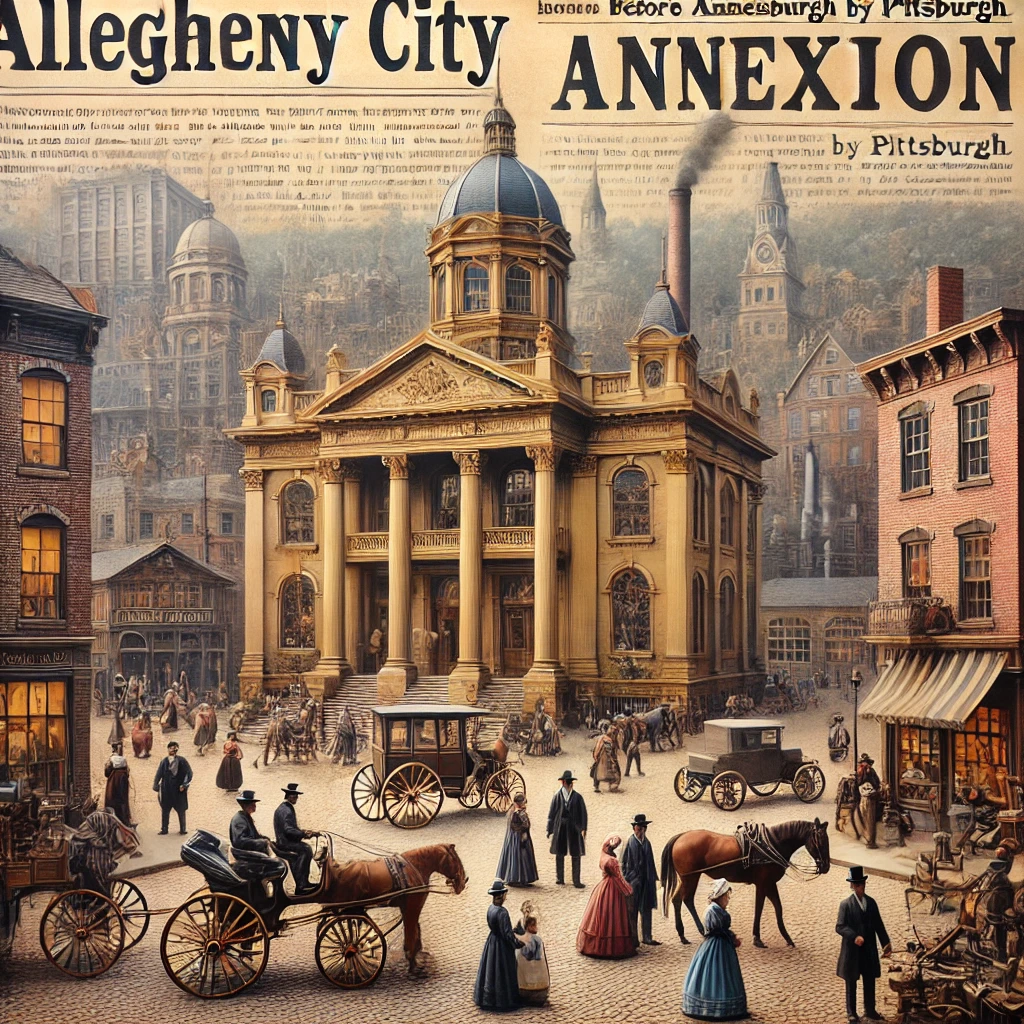Bloomfield’s Little Italy Days: A Celebration of Italian Heritage
Italian Roots in Bloomfield (Early 1900s) Bloomfield, a neighborhood just three miles east of downtown Pittsburgh, earned the nickname “Pittsburgh’s Little Italy” thanks to a wave of Italian immigration in the early 20th century. While the area was initially settled by German Catholic immigrants (who built St. Joseph’s Church in 1886), Italians from villages in…
The Soul of Pittsburgh’s Hill District
In Pittsburgh’s Hill District, history lives on every corner – in the echoes of jazz that once poured from basement clubs, in the memories of civil rights battles, and in the resilient spirit of its people. Nestled just above Downtown Pittsburgh’s “Golden Triangle,” the Hill District rose to prominence in the early 20th century as…
The Witches of Harmony
Introduction: Frontier Faith and Fear In the early 19th century, the dense woods of Western Pennsylvania held more than just wild game and frontier homesteads. They held secrets and stories. The tiny village of Harmony, PA—founded by a band of mystic German settlers—was a place where utopian dreams met old-world superstitions. Long before ghost tours…
Famous Heists and Crimes in Pittsburgh History
Introduction: A City of Steel and Shadowy Schemes Pittsburgh’s image has long been defined by its steel mills, smoky skies, and hardworking communities. Yet behind the forge and furnaces lurks a parallel history of audacious heists, gritty gangsters, and headline-grabbing crimes. From the mud-caked streets of the 1800s frontier town to the bustling industrial metropolis…
Charlie No-Face: Separating Pittsburgh Myth from the Man
Koppel, Pennsylvania, and the surrounding Beaver County countryside. By day this quiet borough looks unassuming, but local folklore spins tales of a faceless “Green Man” wandering its roads at night . The story of Pittsburgh’s “Green Man” or Charlie No-Face is woven into Western PA legend – a ghostly figure in an abandoned tunnel,…
The History of Troy Hill
High atop a narrow plateau on Pittsburgh’s North Side, the neighborhood of Troy Hill has watched over the city’s rivers and industries for nearly two centuries. In the mid-1800s, one might have stood on this hill and heard the sounds of church bells mingling with the din of mills below, or even the squeals of…
The Rise of Mancini’s Bread: A Pittsburgh Baking Legacy
When it comes to Pittsburgh comfort food, few aromas evoke nostalgia like the warm, yeasty scent wafting from a fresh loaf of Mancini’s bread. For nearly a century, Mancini’s Bakery has been more than just a purveyor of bread – it’s a beloved institution and a family legacy woven into the fabric of the Steel…
Forgotten Steel Towns: Braddock, Homestead, and the Decline of the Mon Valley
Nestled along the Monongahela River just southeast of Pittsburgh lie the remnants of once-mighty steel towns: Braddock, Homestead, Duquesne, McKeesport, and Clairton. These towns weren’t just dots on the map—they were vital arteries in the industrial heart of America. They forged the steel that built bridges, skyscrapers, and warships. But today, echoes of molten furnaces…
Mobsters of Pittsburgh: The LaRocca Era and the Rise of Organized Crime
Mobsters of Pittsburgh: The LaRocca Era and the Rise of Organized Crime In the smoke-filled back rooms of Pittsburgh’s working-class neighborhoods, amid the clinking glasses and whispered deals of its social clubs, a quiet but ruthless empire was born. Pittsburgh’s mafia history often sits in the shadow of more famous cities like New York and…
The Hill District Before Jazz: Immigrant Roots and Early Development
By the mid-1800s, Pittsburgh’s Hill District was already alive with a cacophony of languages and cultures. Long before the neighborhood earned its nickname as “Little Harlem” for its jazz heyday, the Hill was a true melting pot of immigrants and migrants forging a community atop the city’s eastern hills. Its story in the 19th and…
Pittsburgh’s Role in Prohibition: Moonshine, Speakeasies, and Bootleggers
On a warm summer evening in 1919, throngs of Pittsburghers packed into saloons for what was billed as the “last call” before the dry law took effect . Strangely, the wild debauch many expected never materialized. “Everybody came to see everybody else get drunk,” the Pittsburgh Post observed the next day, “and nobody got drunk”…
Mobster Hideouts You Can Still Visit in Pittsburgh’s Strip District
Pittsburgh’s vibrant Strip District is beloved for its eclectic markets, trendy eateries, and bustling streets. However, beneath its colorful surface lies a fascinating, shadowy past marked by bootlegging, organized crime, and legendary mobsters. This intriguing underworld history dates back to Prohibition (1920–1933), a time when the federal ban on alcohol inadvertently fostered a thriving black…
Notorious Pittsburgh: Gangsters and the Prohibition Era
During the Prohibition era, Pittsburgh transformed into one of America’s most notorious gangster towns. The Steel City’s roaring furnaces weren’t the only things blazing—gunfire from rival gangs battling for control of bootlegging operations echoed through the streets. Pittsburgh’s strategic position, expansive industrial workforce, and dense network of ethnic neighborhoods created a perfect environment for organized…
Fort Ligonier Days: The History Behind the Festival
Each October, the quiet town of Ligonier, Pennsylvania, bursts into life with Fort Ligonier Days — a three-day celebration of colonial heritage, regional pride, and the town’s pivotal role in American history. What began in 1958 as a modest local event has grown into one of the premier fall festivals in Pennsylvania, drawing tens of…
Steel City Saga: How the Steel Industry Shaped Pittsburgh
Pittsburgh’s transformation from a modest frontier settlement into the pulsating heart of America’s industrial revolution is nothing short of a saga. This is a story of innovation, struggle, conflict, and resilience—a chronicle of how the steel industry not only built skyscrapers and railroads, but also sculpted the very soul of the Steel City. In this…
Primanti Brothers: The Rise, the Sandwich, and Its Fading Role in Pittsburgh’s Food Scene
Explore the rise and cultural shift of Primanti Brothers — from feeding Pittsburgh’s workers to becoming a nostalgic symbol of the city’s industrial past.
John Bazzano: Pittsburgh’s Ruthless Mafia Don
In the annals of Pittsburgh’s dark and shadowy history, one name strikes a particularly ominous chord: John Bazzano. As the ruthless mafia don who ruled the Steel City’s underworld during the early 20th century, Bazzano orchestrated one of the bloodiest chapters of organized crime in Western Pennsylvania. His reign was defined by backroom deals, brutal…
Pittsburgh’s Oldest Bars and the History Behind Them
Pittsburgh is a city built on tradition, and nothing embodies its history quite like its oldest bars. Long before craft beer and cocktail lounges took over, these watering holes served as gathering places for steelworkers, bootleggers, and politicians alike. Some have survived Prohibition, economic downturns, and shifting drinking trends, yet they remain standing as testaments to Pittsburgh’s resilience. Let’s take a look at the oldest bars in the Steel City and the rich history behind them.
The Transformation of the Strip District Over the Years
The Strip District is one of Pittsburgh’s most dynamic neighborhoods, a place where the past and present collide in an ever-evolving urban landscape. Once a bustling industrial hub, it has transformed into a vibrant destination for food, culture, and innovation. From steel mills and produce warehouses to tech startups and boutique shops, the Strip District’s story is one of reinvention and resilience.
How Oakland Became Pittsburgh’s Education & Medical Hub
Oakland is often called the intellectual heart of Pittsburgh, home to world-renowned universities, cutting-edge hospitals, and cultural institutions. But it wasn’t always this way. Once a quiet, residential neighborhood on the outskirts of the city, Oakland transformed over the past century into a center of higher learning, medical innovation, and research. From its early days to its modern prominence, here’s how Oakland became Pittsburgh’s education and medical hub.
The Most Iconic Murals and Street Art in Pittsburgh
Pittsburgh is a city built on steel and innovation, but its walls tell a story far beyond industry. In recent decades, Pittsburgh’s streets, bridges, and buildings have become a canvas for breathtaking murals and street art, transforming the city into an open-air gallery. From towering tributes to local legends to vibrant displays of cultural pride, these murals are more than just paint on brick—they are windows into the heart and soul of the Steel City. Here’s a look at some of the most iconic murals and street art that define Pittsburgh’s artistic landscape.
The Story of Polish Hill: A Hidden Gem of Pittsburgh
Nestled between the Allegheny River and the bustling neighborhoods of Bloomfield and Lawrenceville, Polish Hill stands as one of Pittsburgh’s most storied and culturally rich communities. It is a neighborhood built on the backs of hardworking Polish immigrants, whose dreams of a better life forged an enduring legacy. While often overshadowed by larger districts, Polish Hill has played a crucial role in shaping Pittsburgh’s identity, blending tradition with resilience in a way few other places have.
The Rise and Fall of Allegheny City
The Rise and Fall of Allegheny City Pittsburgh’s North Side wasn’t always part of Pittsburgh. Once upon a time, it was its own thriving, independent city—Allegheny City—a place with grand ambitions, a strong economy, and a deep sense of local pride. But in 1907, after decades of growth, political wrangling, and fierce opposition, Allegheny City…

